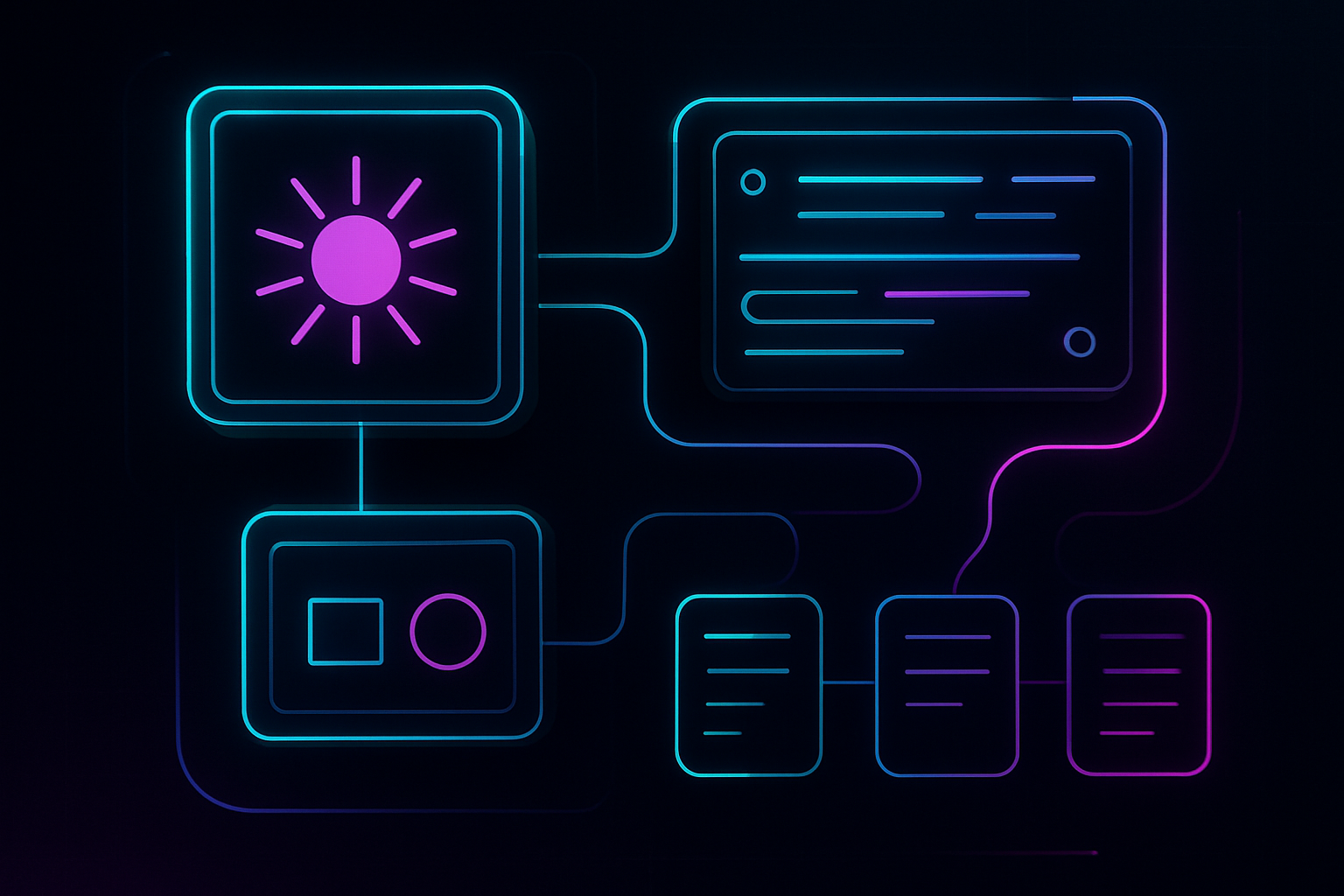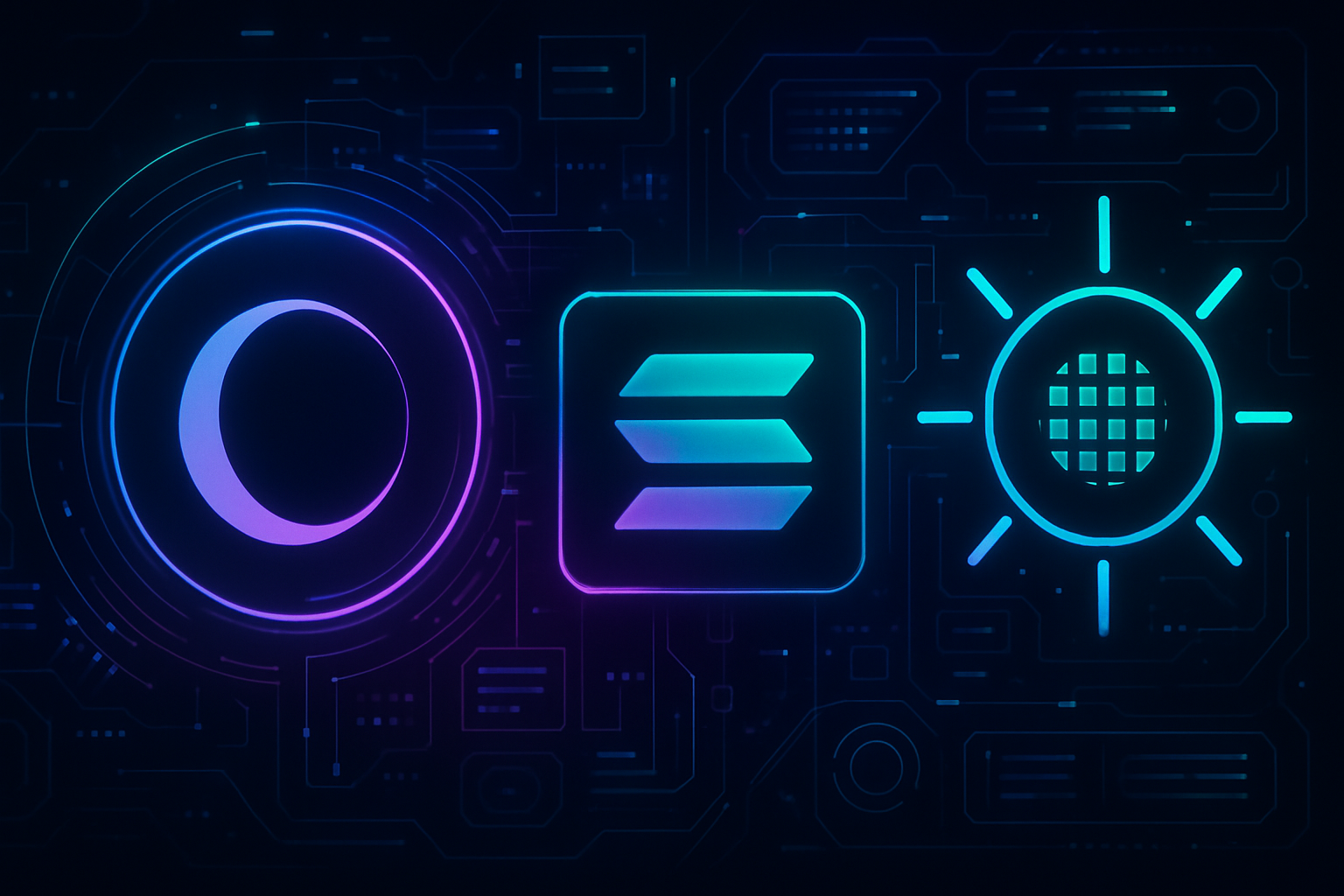
In the fast-evolving world of blockchain, modularity is more than a buzzword – it’s a paradigm shift. Celestia has emerged as the backbone for this new era, where data availability (DA) is no longer a bottleneck but an enabler of scalable innovation. As of today, with Celestia (TIA) trading at $1.40, its DA layer is setting new benchmarks for how rollups are built, deployed, and scaled across the entire modular ecosystem.

Why Data Availability Matters in Modular Rollups
Let’s get real: The promise of rollups – high throughput, low cost, and flexibility – hinges on one critical factor: data availability. In traditional monolithic blockchains like Ethereum, every node must download and verify every transaction. This creates clear limitations on scalability. Enter Celestia’s solution: by decoupling execution from consensus and data availability, it allows rollups to post their data to an independent DA layer rather than clogging up the main chain.
This separation means that execution layers can scale independently from consensus layers. Developers can focus on building feature-rich applications without worrying about underlying network congestion or prohibitive fees. According to HTW Tech, Celestia’s architecture ensures that data is both available and ordered for any connected rollup or sovereign chain.
The Innovation: Data Availability Sampling (DAS)
Celestia’s most disruptive feature is Data Availability Sampling (DAS). Rather than requiring every node to download massive blocks in full, DAS uses Reed, Solomon erasure codes to break blocks into a 2D matrix of chunks. Light nodes then randomly sample these chunks and verify them using Merkle proofs. If enough samples are valid, the entire block is statistically proven to be available – all without full downloads.
This approach keeps nodes lightweight even as block sizes scale up dramatically with network adoption. For developers and users alike, this means lower costs (Celestia claims up to ~95% cost reduction for developers), faster confirmation times, and permissionless participation in network validation.
Celestia’s Modular Ecosystem: Interoperability in Action
The beauty of Celestia isn’t just technical – it’s also compositional. By acting as a universal DA layer for multiple execution environments, Celestia brings true interoperability to modular blockchain frameworks like Eclipse and Conduit. Its recent integration with Arbitrum Orbit marks a milestone; developers can now deploy high-throughput chains as easily as launching smart contracts.
This flexibility extends further through collaborations with Rollup-as-a-Service providers such as Caldera, Conduit, and Eclipse. Rollups built on Optimism or other stacks can choose their preferred DA layer – be it Celestia, Ethereum, or even Bitcoin – thanks to this plug-and-play architecture (source). The result? Unprecedented freedom for developers to optimize for cost efficiency, throughput, or security based on their unique needs.
Market Data Snapshot: TIA at $1.40 Powers the Future of Modular Blockchains
The current price of TIA at $1.40 reflects both steady adoption and growing confidence in Celestia’s approach (Blockworks). Since its mainnet launch in October 2023 – which introduced live DAS light nodes and initial block sizes between 2MB, 8MB – the roadmap promises even greater scalability with targets set towards 1GB blocks in future upgrades.
We’re watching the modular landscape evolve in real time, and Celestia’s DA layer is the connective tissue making it possible. The ripple effects are already visible: lower transaction fees, higher throughput, and a new breed of sovereign chains that can operate independently while still benefiting from a shared security and data backbone. This is what sets Celestia apart from legacy monolithic chains and even other modular contenders.
Key Advantages of Celestia’s Data Availability Layer
-
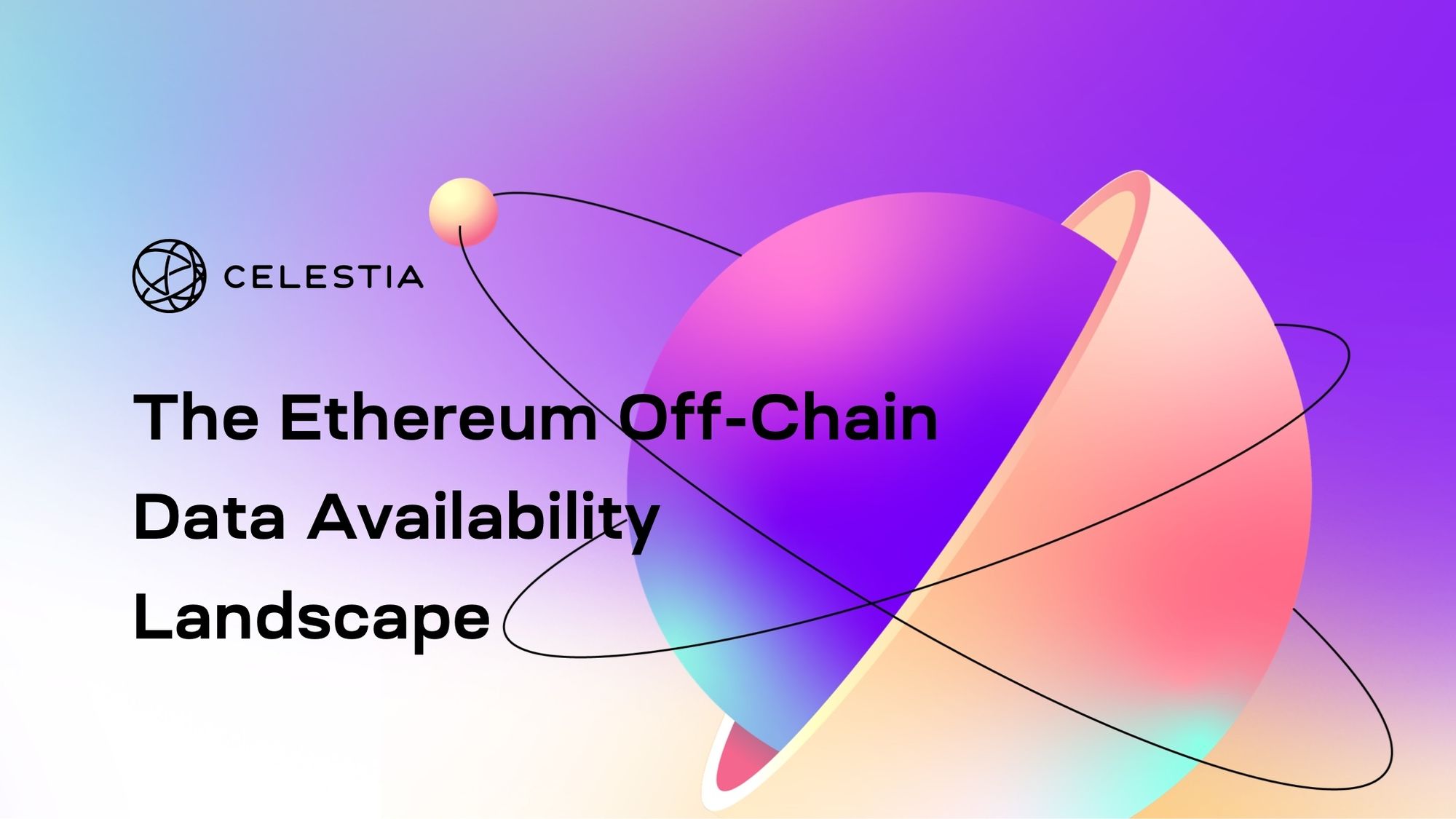
Scalable Data Availability via Data Availability Sampling (DAS): Celestia’s DAS technology lets light nodes verify data availability without downloading entire blocks, enabling massive scalability for rollups as block sizes increase.
-

Significant Cost Reductions for Rollups: By offloading data availability to Celestia, rollups can reduce transaction costs by up to 95%, making onchain operations more affordable for developers and users.
-
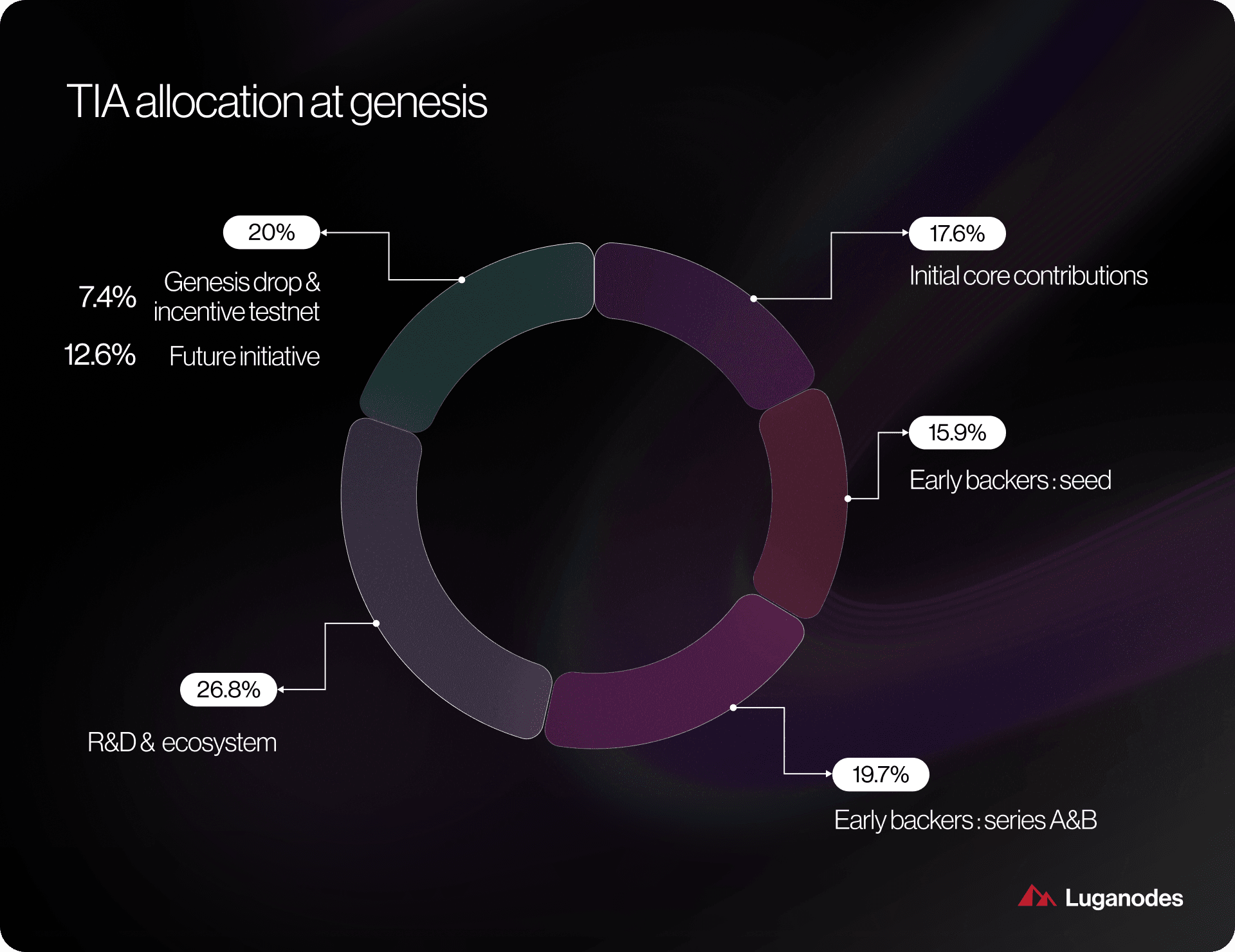
Separation of Consensus and Execution: Celestia’s modular architecture decouples execution from consensus and data availability, allowing rollups to scale independently and focus on their own execution environments.
-
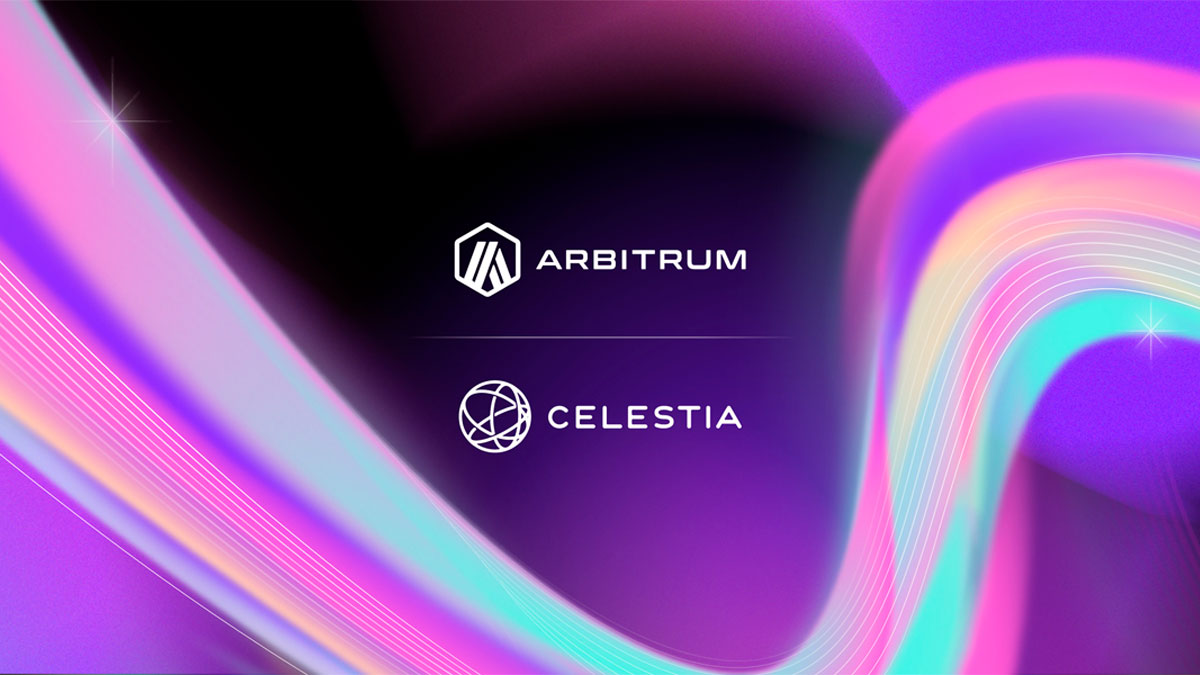
Flexible Integration with Major Rollup Ecosystems: Celestia is the first modular DA network to integrate with Arbitrum Orbit and supports Rollup-as-a-Service platforms like Caldera, Conduit, and Eclipse, empowering developers to deploy high-throughput blockchains easily.
-
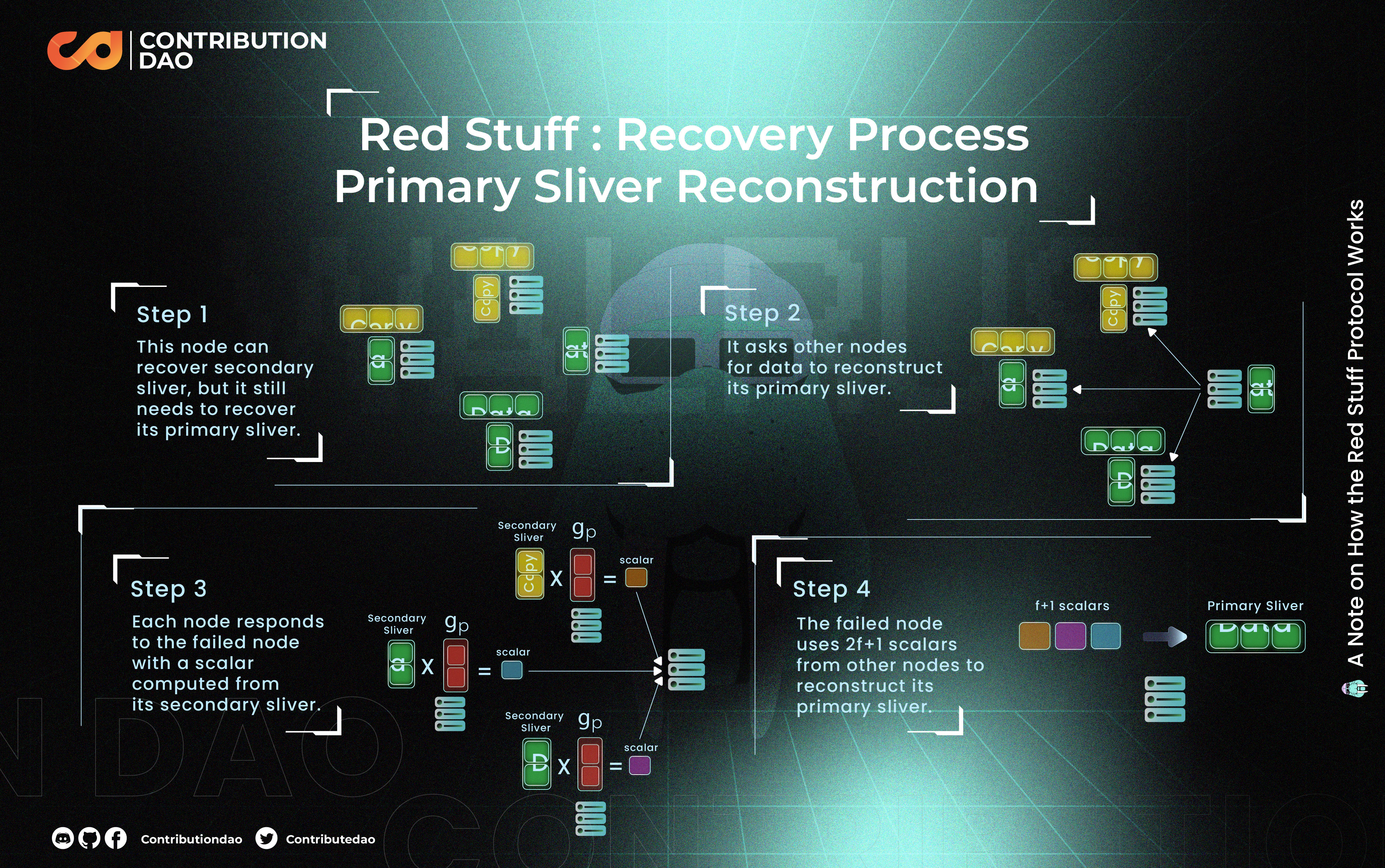
Enhanced Security and Trust Minimization: The use of Reed–Solomon erasure coding and Merkle proofs ensures data is reliably available and verifiable, minimizing trust assumptions for rollup users.
-

High Throughput and Future-Proof Scaling: With block sizes starting at 2MB–8MB and plans to scale to 1GB, Celestia is built to support the growing demands of next-gen decentralized applications.
For builders, this means no more trade-offs between scalability and decentralization. Projects can launch with confidence, knowing they aren’t locked into a single execution or consensus layer. The ability to select among multiple DA providers, even mixing and matching as needs change, makes the ecosystem more resilient and future-proof.
How Celestia Sets the Standard for Data Availability Layers
Celestia’s influence extends beyond its own network. By pioneering data availability sampling at scale, it has set a high bar for what developers expect from modern blockchain infrastructure. Its open architecture encourages experimentation, whether you’re spinning up an appchain on Eclipse or deploying a rollup with Conduit, Celestia’s DA unlocks new design space.
The proof is in adoption: integrations with Arbitrum Orbit, deep partnerships with Rollup-as-a-Service platforms, and an expanding universe of applications leveraging Celestia data availability as their foundation. These moves have positioned TIA as a bellwether for modular blockchain progress. As the market matures, expect more frameworks to follow this blueprint, prioritizing lightweight validation, cost efficiency, and seamless interoperability.
“The next wave of blockchain innovation will be defined by how well we decouple execution from consensus, and how accessible we make scalable data availability to all builders. “
If you’re exploring options for launching your own rollup or sovereign chain, now is the time to experiment with Celestia’s DA solutions. The cost savings (with transaction costs already slashed by up to 95%) are just the beginning; the real value lies in unlocking composability across diverse frameworks like Eclipse and Conduit (read more here).
Looking Ahead: The Modular Era Accelerates
As block sizes increase toward 1GB and light nodes become even more accessible, Celestia is poised to keep pushing boundaries on what’s possible in decentralized infrastructure. With TIA holding steady at $1.40, there’s both technical momentum and market confidence behind this vision.
The bottom line? Modular blockchains are here to stay, and thanks to innovations like DAS and flexible integrations across frameworks, Celestia’s data availability layer isn’t just keeping pace; it’s setting the standard for everyone else to follow.
